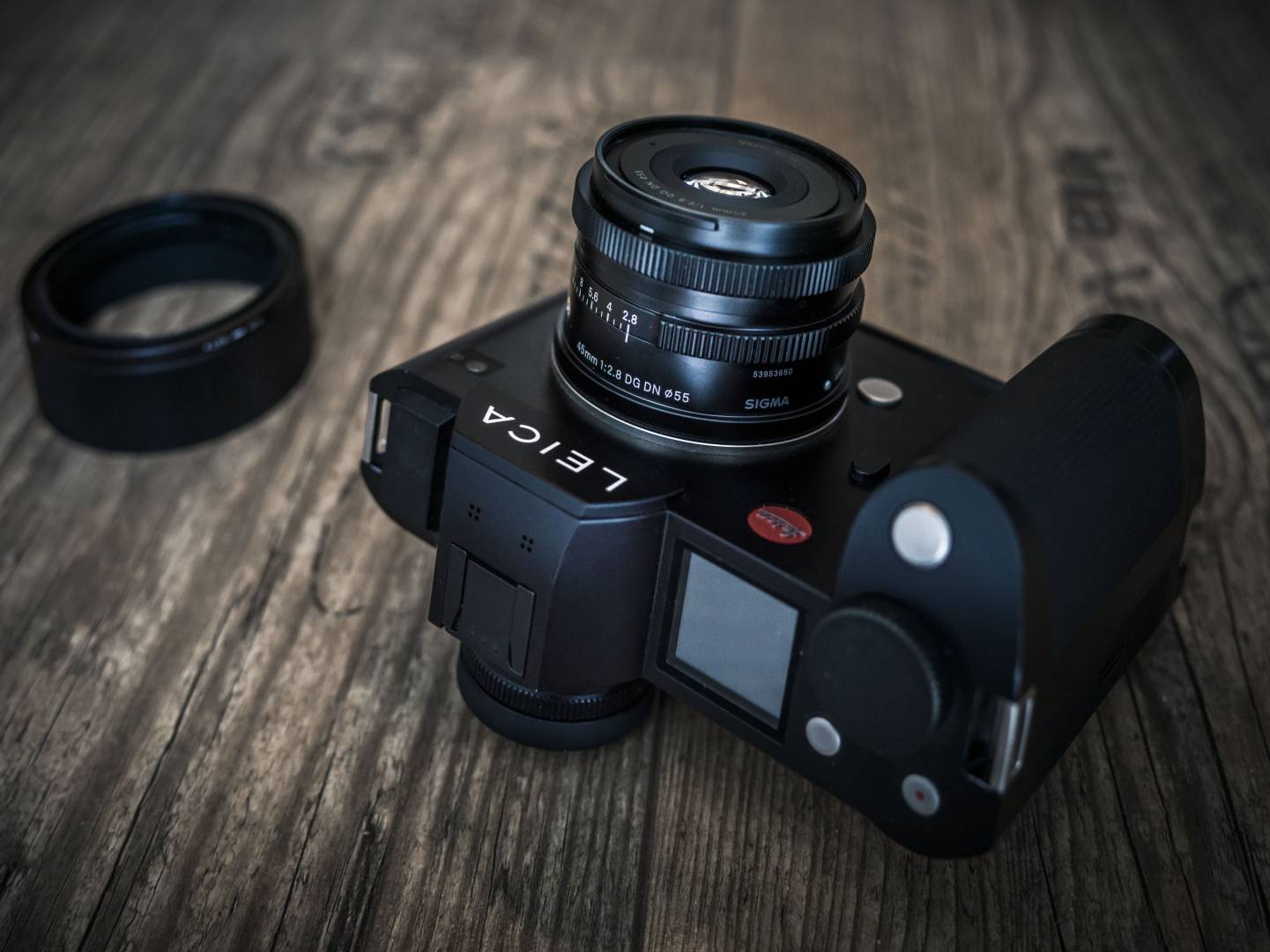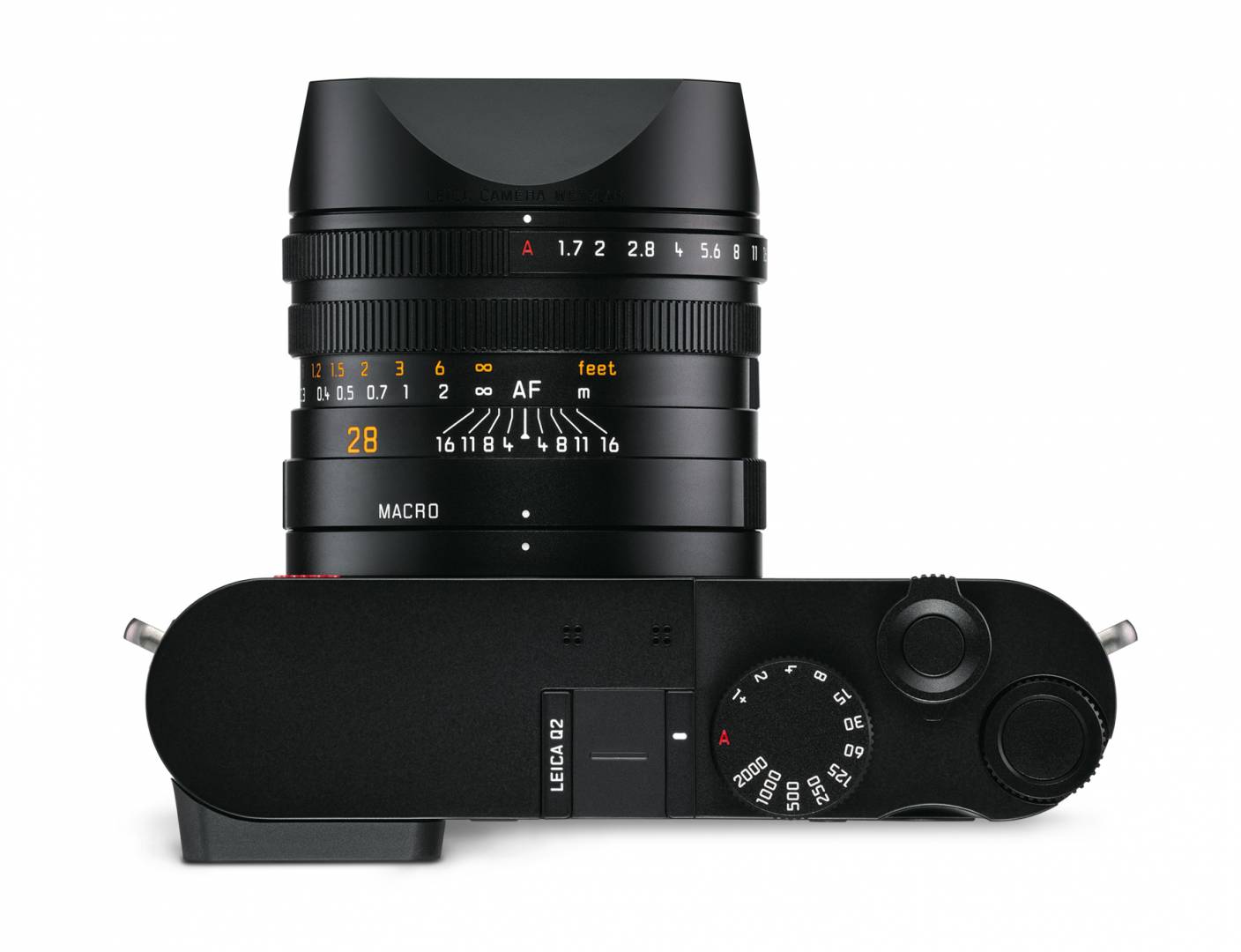I suddenly felt very old. Maybe you too will feel a bit out of touch when you read this sentence: “Choosing the aperture via the lens can take some getting used to, but it’s a wonderful way to interact with your camera.”
It’s an extract from a review of the 45mm Sigma f/2.8 prime lens by Suzy Pratt at Digital Photography School. Suzy, presumably, belongs to a generation weaned on automatic lenses which come without a physical aperture ring. The Sigma, therefore, is something quaint and unusual to her, a lens where you can actually set the aperture using an old-fashioned scaled ring. It is definitely very 20th century.

Aghast
Most of us, having had more experience of the benefits of using a physical aperture ring, might well be aghast at Suzy’s statement. To us, the Sigma is a welcome release from the pervasive rush to fully automatic lenses.
Even Leica, sadly, has succumbed to this fashion with its SL and TL lenses — nary an aperture ring in view, not even on the primes. And both the SL2 and CL (not to mention the TL2) also lose a physical speed dial. Everything must be done via soft controls with confirmation viewed on a screen.

Other manufacturers, including Sigma and, even, Panasonic with its Leica-branched m4/3 primes, make a virtue of the physical aperture ring. As well they might.
Paragon
The Leica Q and Q2s sport a paragon of a control layout, with see-at-a-glance aperture and speed controlled by physical dials. You can even dial in macro in a very fluid and easy twist of a ring with this superb f/1.7 Summilux lens.
Call me old-fashioned, but I definitely prefer to have an aperture ring and a shutter-speed dial, not just for the ease of setting but the for instant visual communication they provide when setting up a photo. It’s one of the main reasons I like that little Sigma.
Apart from that, though, the quality is excellent, the design and ergonomics perfect and the price is affordable. It makes a few minor compromises in image quality (and, of course, speed) compared with the rest of the professional 50mm Leica/Sigma/Panasonic primes, but it does its job well and weights only 200g. There isn’t much not to like.
Do you regret the demise of the physical aperture and speed dials on modern cameras such as the CL and SL2? Or are you happy with camera control of all the lens functions? I suspect views will be polarised on this one.

I don’t have a problem with Aperture rings (wherever they are) . . . But what I really really want is what the SL / SL2 and lots of other cameras provide, which is a top plate screen showing everything together. I don’t want to have to look at 5 / 10 different places to see how my camera is set up! How can that be good or quick. I really like my X-T3, but really when you pick it up you have to look in so many different places to find out how it’s set.
Pick up the SL, and there it is = mode / shutter speed / exposure compensation /ISO and lots more, all immediately visible in one place.
What’s not to like!
I can (and will) live with that, Jonathan. I like the SL2’s top screen — very clear and less cluttered that, say, Panasonic’s S1 version. But this isn’t to say that I don’t prefer to see aperture on a physical ring. I’m sure it’s just personal preference and, quite clearly, Peter Karen and his team made a reasoned decision to drop physical controls on the TL and, then, the SL lenses. At least Sigma and Panasonic are now giving us a choice and this is the beauty of the L-Mount Alliance.
Hi Jono, I like the display but I also like the SIMPLICITY (for me) of adjusting the aperture ring visually or by feel to grab a fleeting moment. The aperture ring suits my style of photography better and I wish Leica would let me choose such a critical setting method like Panasonic has done.
Aperture rings on the lenses are my preference for similar reasons to those given by many others above: clarity, control and speed. My Fuji cameras and lenses offer exposure rings and direct controls for the other exposure variables including exposure compensation.Being a simple soul, I don’t want it any other way.
I wish that all modern lenses still give us this freedom to decide between the one in the camera, or a ring on the lens – even if it is by wire. I love the X because I can check where everything by glancing on the top plate, and using camera’s with aperture rings makes things so simplistic.
I recently took the Fp and the 45/2.8 on a trip together with the D-Lux and appreciated the aperture rings on both in the grey rainy weather
I wish I had an aperture ring on my X2 but it seems that apart from M lenses and a few others they are disappearing. I guess most young photographers have hardly use them. They may not miss them, I do. A D-lux is quite tempting for that very reason.
For me, an aperture ring is my strong preference as I can glance at my camera and quickly make an adjustment before I lift the camera to my eye. I wish Leica put it on the SL glass but at least my Panasonic S Pro 50 has it.
I agree that this is a positive reason to prefer the Panasonic lens. I need to seek out some comparative reviews and, perhaps, so a general comparison of L-mount offerings.
I grew up (rumor has it) borrowing my father’s Paxette and eventually graduated to an Olympus OM1. I enjoyed the simplicity of manual everything including focusing (gasp!) and the frustration of many missed shots while trying to learn how to take reasonable pictures.
That all spiraled out of control towards a Canon F1 setup with a Santa’s bag of lenses. I eventually sold it all as it became a literal burden. That was replaced by a little Leica DL-109 which has all the key controls in physical form.
A Leica CL has been added and it’s great, but I miss those physical controls that you can adjust without a glance as you move to your next shot. I’ve looked at a Q but don’t like the restriction of one field of view.
Someone suggested looking at an M if I yearn for all those physical controls of yesteryear, something I have not done for fear of the consequences, but suspect an inevitable “trial” will have to take place at some point in the relatively near future…
I didn’t really understand why I never gelled with the CL until I cut my losses and chucked it all in for the M-D, and even though my main lens is a Nikon Sonnar from the 1950’s with the usual focus shift issues, I really prefer both manual focus and dial up apertures.
I would go as far as to say that automatic shutter speed selection is right up my street too…
In essence, a pig in clover x1.
It beats the fingernail breaking device on the front of the early 50mm Elmar and some other early Leica lenses. There was a later device called a VALOO which, while intended for enlargers, could take away some of the misery with the 50mm lens. Rolleiflexes had wheels for changing settings which anticipated those on digital cameras. I always prefer physical dials where settings can be viewed before the camera is raised to eye level for aperture, speed and exposure compensation, although if I remember correctly, from previous debates here, I was in a minority on the last of these.
William